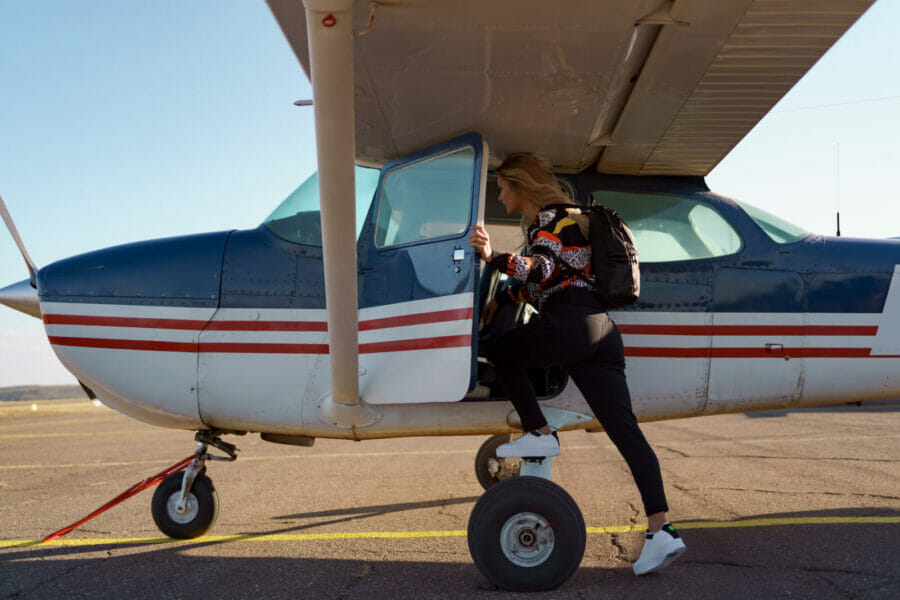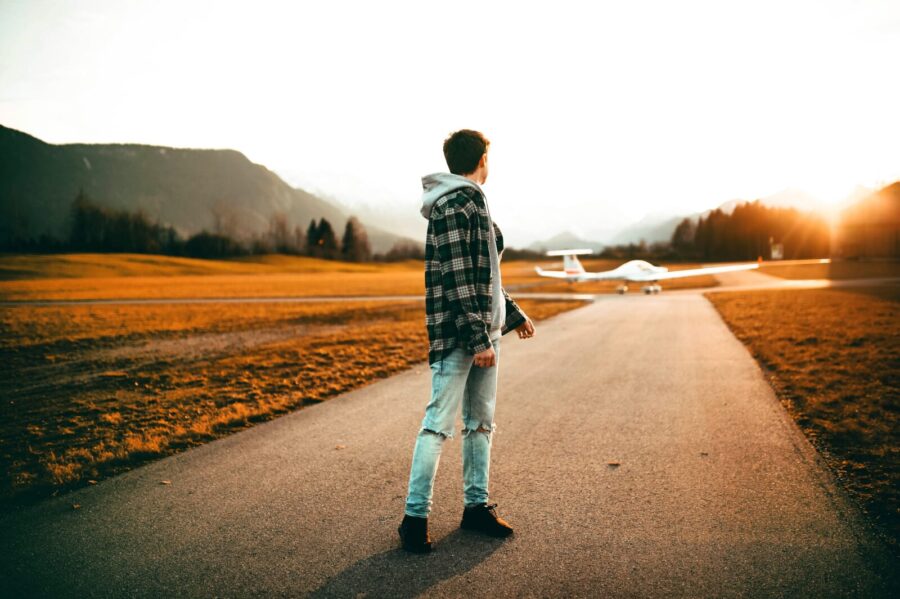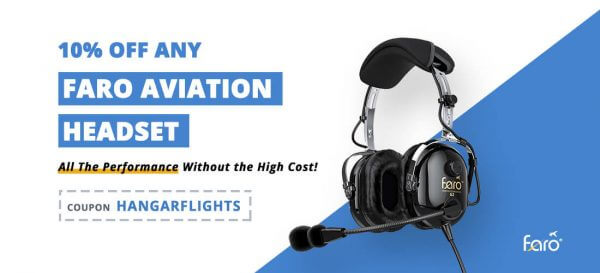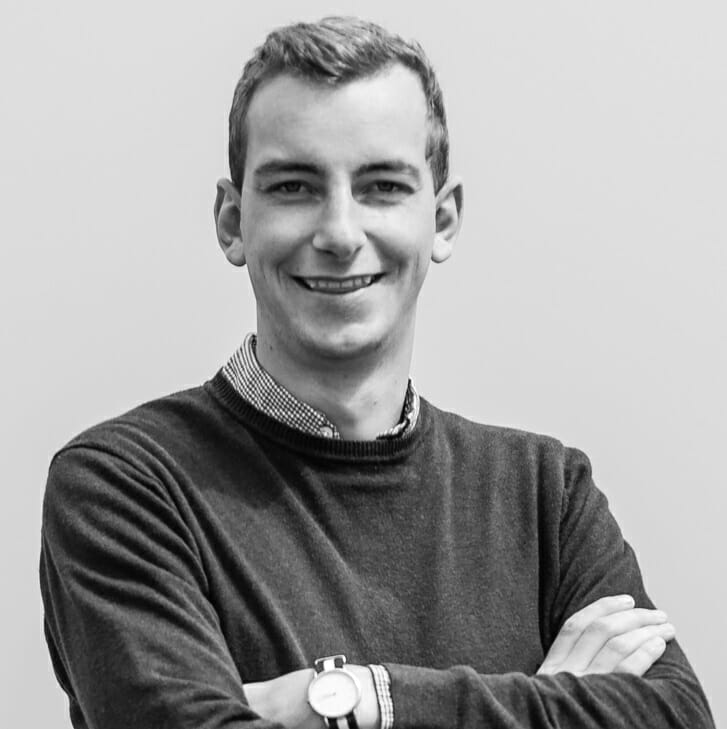What to Expect During Your First Flying Lesson
27 June 2022 | Updated on February 05, 2024
Learning to fly is an exciting experience, but it can also be a little daunting for first-time flyers. In order to make the most of your first flying lesson and time in the air, it’s important to be prepared for what to expect. Here is a rundown of the basics you can expect during your first flying lesson, and some tips to help you make the most of your time in the air!
What to expect before the flight
First, you’ll have a pre-flight briefing with your instructor. This is where you’ll go over the basics of flying the airplane and the flying lesson ahead. You’ll learn about the different controls in the cockpit and how they work together to make the airplane fly. You’ll also go over some basic safety procedures.
After the pre-flight briefing, you’ll head out to the airplane. Your instructor will do a walk-around of the airplane to point out the important parts of the aircraft and what to look for during the external pre-flight checks.
Once you’re in the airplane, your instructor will go over the instrument panel and cockpit layout with you. Checklists are an important part of flying, and you’ll learn how to use them during the start-up procedures.
Before the flight, you and your instructor will also go through the safety procedures for the airplane, so you know what to do in the event of an emergency.

What to expect during takeoff
Taking off is usually the most exciting part of the flight for first-time flyers. During takeoff, you’ll feel the airplane accelerate down the runway. As it picks up speed, the nose of the airplane will start to lift off the ground. Once the airplane has reached flying speed, it will lift off the ground and start to climb.
During your first flying lesson, your instructor will likely stay on the controls during takeoff, until the airplane is safely in the air. Once you’re airborne and at a safe altitude, they’ll ask you to take over the controls and fly the airplane yourself.
What to expect during the flight
Once you’re in the air, you’ll be able to relax and enjoy the view. Your instructor will teach you how to control the airplane during different phases of flight. You’ll learn how to turn, climb and descend the airplane. You’ll also learn how to control your speed, altitude and attitude with gentle inputs on the yoke and by effectively applying power changes.
Your instructor will likely let you fly the airplane for most of the flight. They’ll be there to help you if you need it, but they’ll also give you the chance to practice what you’ve learned. During the first flight, it’s important to get a feel for how the airplane responds to your inputs. Not every maneuver will be perfect, but with practice, you’ll start to get a feel for how to fly the airplane smoothly.


What to expect during landing
Landing is usually the most challenging part of flying for first-time flyers. During landing, you’ll need to lower the nose of the airplane and keep it level with the horizon. As you approach the runway, you’ll need to reduce your speed and flare the airplane just before it touches down.
We know this sounds a lot easier than it is, but with practice, you’ll get the hang of it. During your first landing, your instructor will likely be on the controls to help guide you through the process. After a few landings, you’ll be able to do it on your own.


Recommended review
Rod Machado’s Private Pilot Ground School 2025 In-depth Review
What to expect after the flight
After you land, your instructor will taxi the airplane back to the hangar. They’ll go over what you did well and what you need to work on for next time. Debriefing is an important part of any flying lesson, so be sure to ask your instructor any questions you have.
And then you’ll be ready for your next flying lesson!


Some tips to make the most out of your first flying lesson
Finally, let’s look at some additional tips to help you get the most out of your first flying lesson.
Be prepared
First and foremost, be prepared to learn a lot! Flying is a complex process that takes time and practice to master. During your first lesson, you’ll cover the basic concepts and principles of flying.
You’ll also be introduced to the cockpit and various controls. It’s important to pay attention and ask lots of questions. The more you know, the better prepared you are for your next lesson.
Get there early
Be sure to arrive early for your first lesson. This will give you time to check in with the flight school, meet your instructor and get comfortable with the surroundings. If you’re feeling nervous, take a few deep breaths and try to relax.
Listen to your instructor
Your instructor is there to help you, so be sure to listen to their instructions. They know what it takes to safely fly an airplane and they’ll want you to succeed.
You will learn a lot by just listening and observing what your instructor does. If he/she has the controls, pay close attention and listen carefully. If you’re flying the airplane, be sure to follow their guidance.
Don’t be afraid to ask questions
If you’re not sure about something, be sure to ask your instructor. There’s no such thing as a stupid question when it comes to flying. The more you know, the better prepared you are for your next lesson.
Take your time
Flying is a complex process that takes time and practice to master. Don’t be discouraged if things don’t go perfectly the first time. Everyone makes mistakes, even experienced pilots. Just take your time and be patient. With practice, you’ll get the hang of it.


Relax and enjoy the experience!
Last but not least, don’t forget to have fun! Flying is an amazing experience, so be sure to enjoy it. Yes, there’s a lot to learn, but that’s what makes it so rewarding. The sense of accomplishment you’ll feel after your first flight is unlike anything else. So relax, have fun and enjoy the ride!
What’s next?
Your first flying lesson is an exciting milestone in your journey to becoming a pilot. After your first lesson, you’ll be one step closer to achieving your goal.
The next step is to continue taking lessons and building up your skills. With each lesson, you’ll become more comfortable with the airplane and the process of flying. Soon, you’ll be ready for your solo flight!
Here are a few additional articles that will help you during your flight training!
- How to Pick the Right Private Pilot Ground School
- 5 Inspirational Aviation Books for Those Wanting to Learn How to Fly
- The 8 Best Online Ground School Courses for Private Pilots
- 5 Ways That a Flight Simulator Can Make You a Better Pilot
- What is a Touch-and-go Landing and Why do Pilots do Them?
- The Best Tools and Gear for Student Pilots





























